Chase away the chill – by Diane Morey Sitton
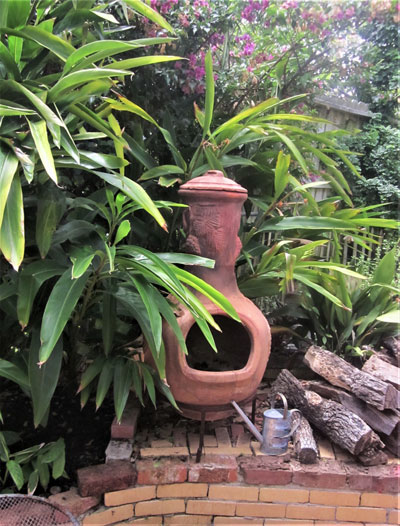
The fact that it’s almost as tricky to pronounce the word chiminea (chim-in-AY-ah) as it is to spell it makes little difference to folks who want to create a backyard conversation hub, add a festive glow to the twilight, roast a marshmallow on a stick, or extend the season by taking the chill out of the air.
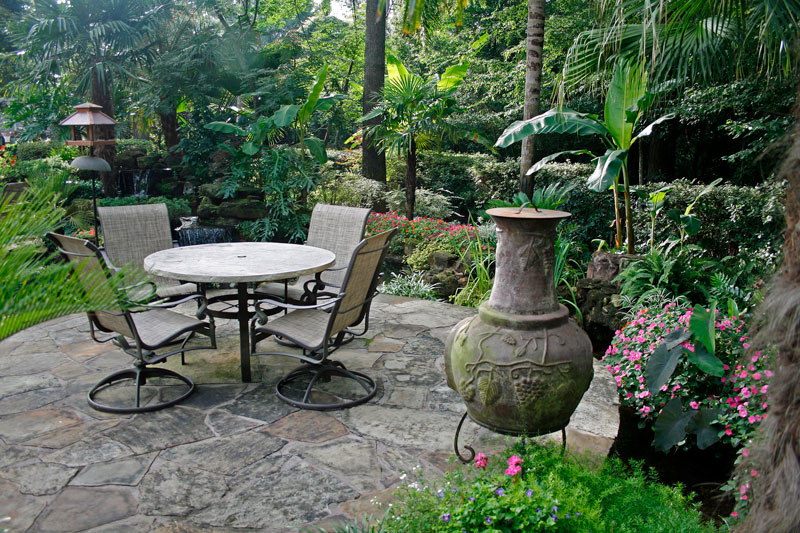
As if those weren’t reasons enough to add a chiminea to a deck or patio, there’s always their distinctive, eye-catching shape – a bulbous body topped by a tall, slender chimney. These charming outdoor fireplaces work their warm, flickering magic by drawing air into a large front opening in the globe-like firebox, and then expelling it out the top of the stack.
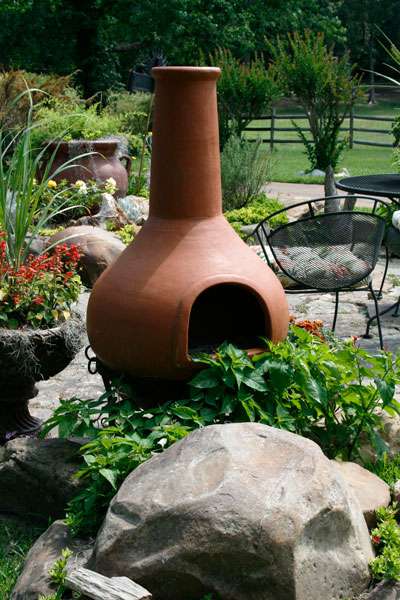
Primitive clay chimineas were used by Mexican villagers for cooking and warmth as early as the 17th century. Today, besides basic clay chimineas that are reminiscent of their Mexican origin, cast iron, cast aluminum and sheet metal models are available in a variety of styles ranging from pot-belly stove look-alikes to super-sized Venetian urn imposters. For quick barbecue grill conversion, select a chiminea with a removable chimney. Built-in spark arresters, rain caps, front spark screens, interior grates for holding wood and fire logs, ash clean-out doors, and adjustable air flow vents number among the features on cast iron and cast aluminum models.
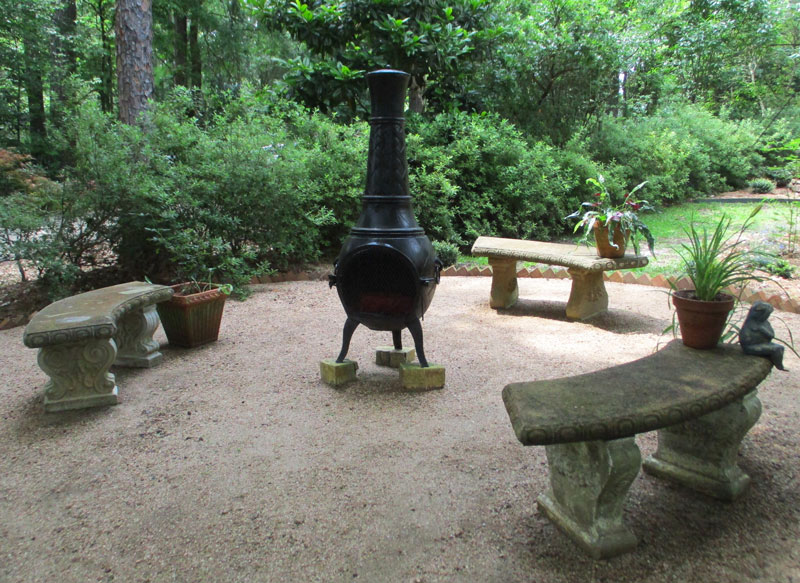
When shopping for a chiminea, consider longevity, portability, size, styling, maintenance requirements and price.
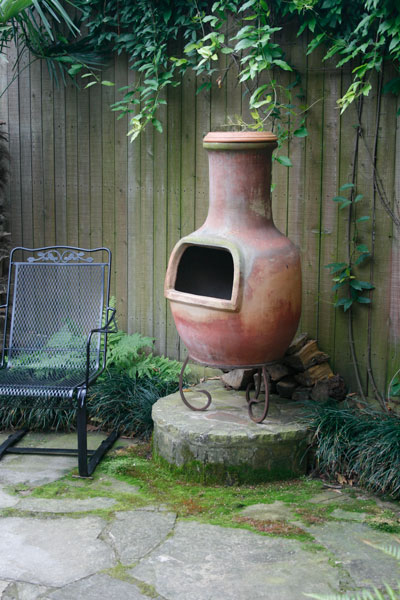
— Cast iron. Long lasting and able to withstand wear and tear. On the downside, you must occasionally sand and paint cast iron to prevent rust. Cast iron chimineas are heavy: they can weigh nearly 200 pounds. Place them in permanent locations.
— Cast aluminum. Lighter than cast iron. Rust free. Low maintenance.
— Sheet metal. Economical and portable. Prone to rust.
— Clay. Economical and readily available. Usually, they lack the safety features found on cast iron and cast aluminum models. If you use a clay chiminea on a wood deck or other surface that can be damaged, place it on a hearth made of fire-safe materials such as bricks, stone or cement.
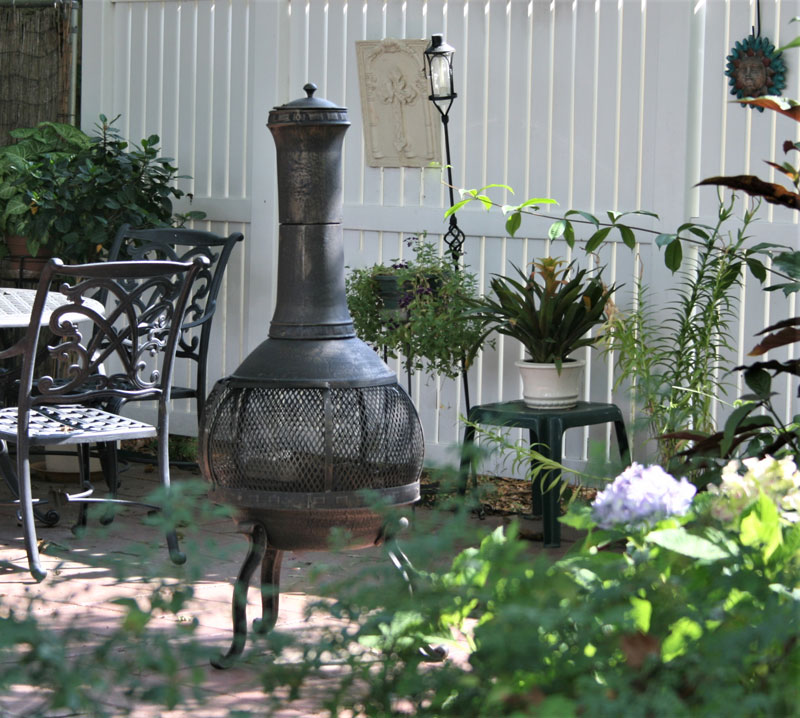
Hardwoods such as oak and hickory make the best fires. For added aroma, toss in a few pine cones or a stick of cedar. Typically, chimineas settle into a warm, glowing burn within 15 minutes after igniting.
Next time old man winter blusters in, chase him away by firing up the heat and surrounding yourself with the warm glow of a chiminea.
Cold, what cold!
